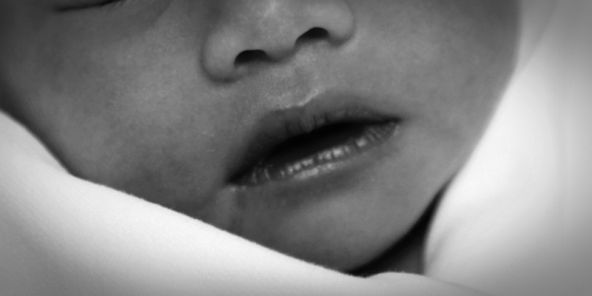The number of Fife babies born addicted to heroin and other dangerous drugs has doubled in just three years.
Figures released by NHS Fife after a freedom of information request show that even newborn babies are paying the price of chemical dependency.
Five babies in Fife were born with neonatal abstinence syndrome in 2009, eight in 2010 and 10 last year.
Neonatal abstinence syndrome can occur when babies are born to mothers who have used opiates such as heroin during pregnancy. Babies whose mothers were dependent on alcohol may also have similar symptoms.
The drug passes through the placenta to the foetus. When it is born, it no longer receives the drug and so the baby will go through the process of withdrawal.
The rise in the number of addicted babies being born in Fife has been accompanied by a similar increase in the number of heroin-addicted mothers giving birth in Fife.
In 2011 39 heroin-addicted women gave birth in Fife, up from 29 the previous year and just 22 in 2009.
The number of mothers who gave birth while addicted to alcohol also rose during those years, from 22 in 2009 to 29 in 2011.
In Tayside, six addicted babies were born between 2009 and 2011.
NHS Tayside refused to release more details because the small number of people involved may make it possible for individuals to be identified.
Children who are born with neonatal abstinence syndrome can suffer a range of effects including fevers and difficulty breathing as they go through withdrawal.
Symptoms include fevers and difficulty breathing while babies born addicted to a substance are also more likely to fall victim to sudden infant death syndrome.
Symptoms of neonatal abstinence syndrome can last from one week to six months.
Children born to addicted mothers are more likely to be born premature and develop at a slower rate than other children as they grow.
However, it can be dangerous for heroin users who discover they are pregnant to come off the drug, particularly during the early and latter stages of pregnancy.
For this reason, doctors may prescribe methadone, maintaining the mother, and unborn infant’s, addiction until after birth.
Dr Brian Montgomery, medical director for NHS Fife, said: ”NHS Fife’s drug liaison midwives run the Vulnerable in Pregnancy (VIP) project, which has been established since 1999. The scheme provides support for vulnerable mums and promotes the stability of drug use and lifestyle.
”Linking with Addiction Services, support comes from midwives, health visitors, social services and voluntary groups who provide drug rehabilitation and parenting advice. Since the project began hundreds of women across Fife have been supported during pregnancy.”
